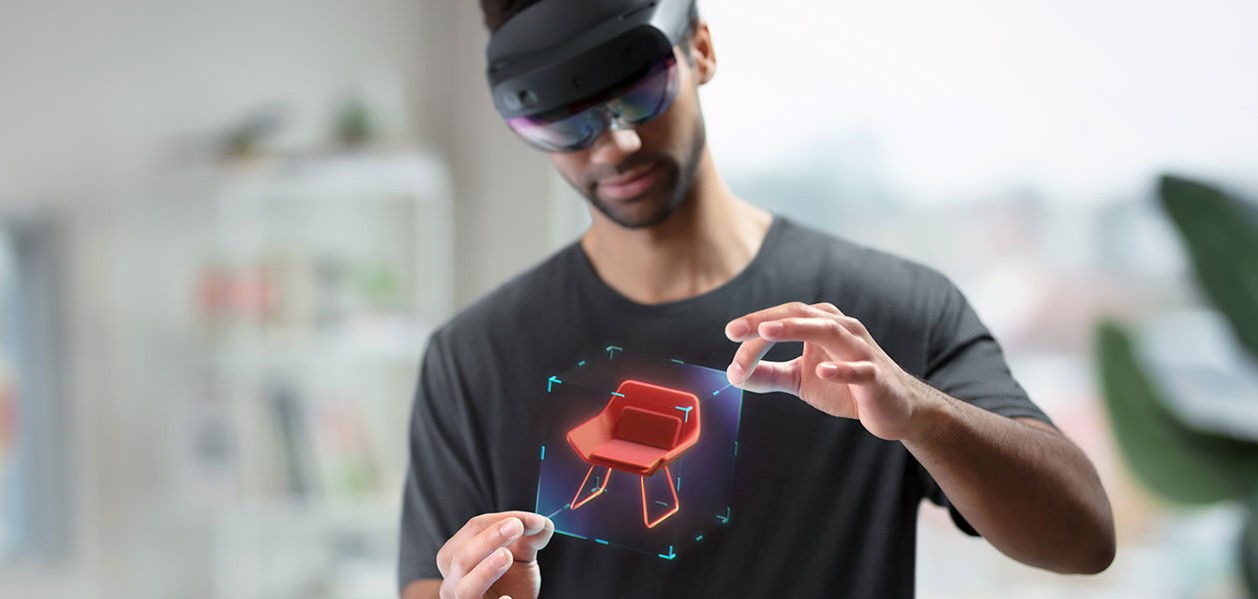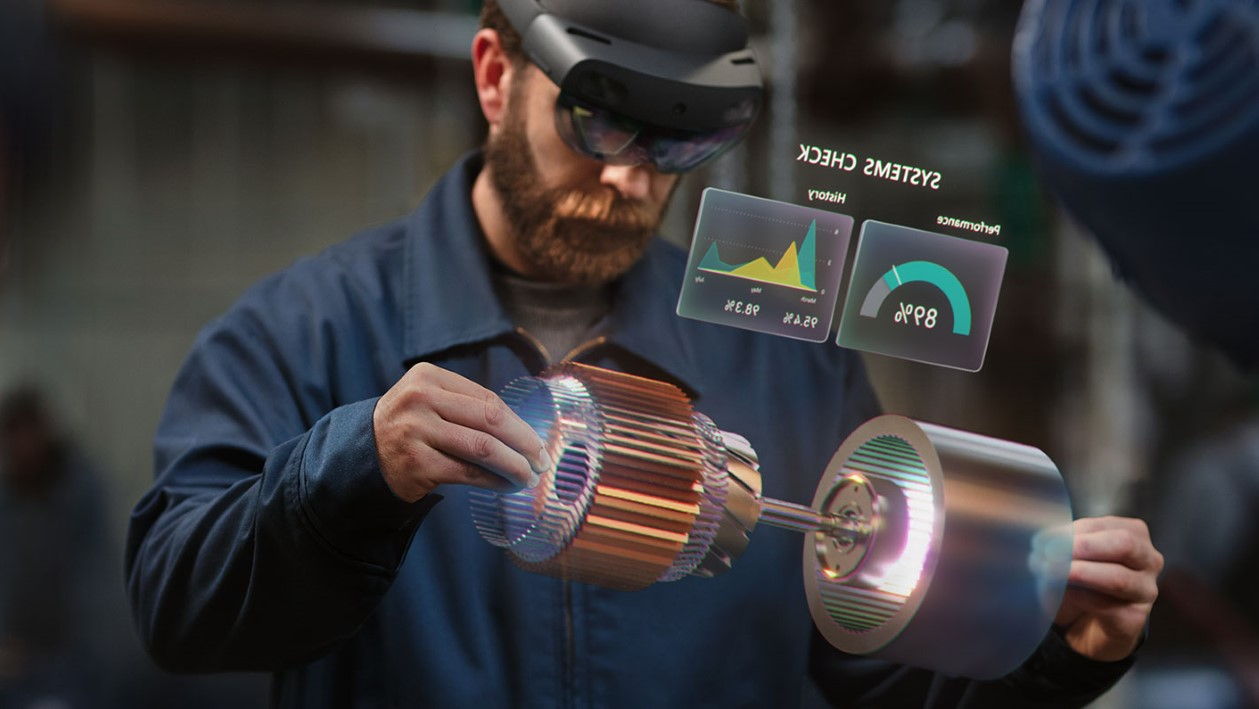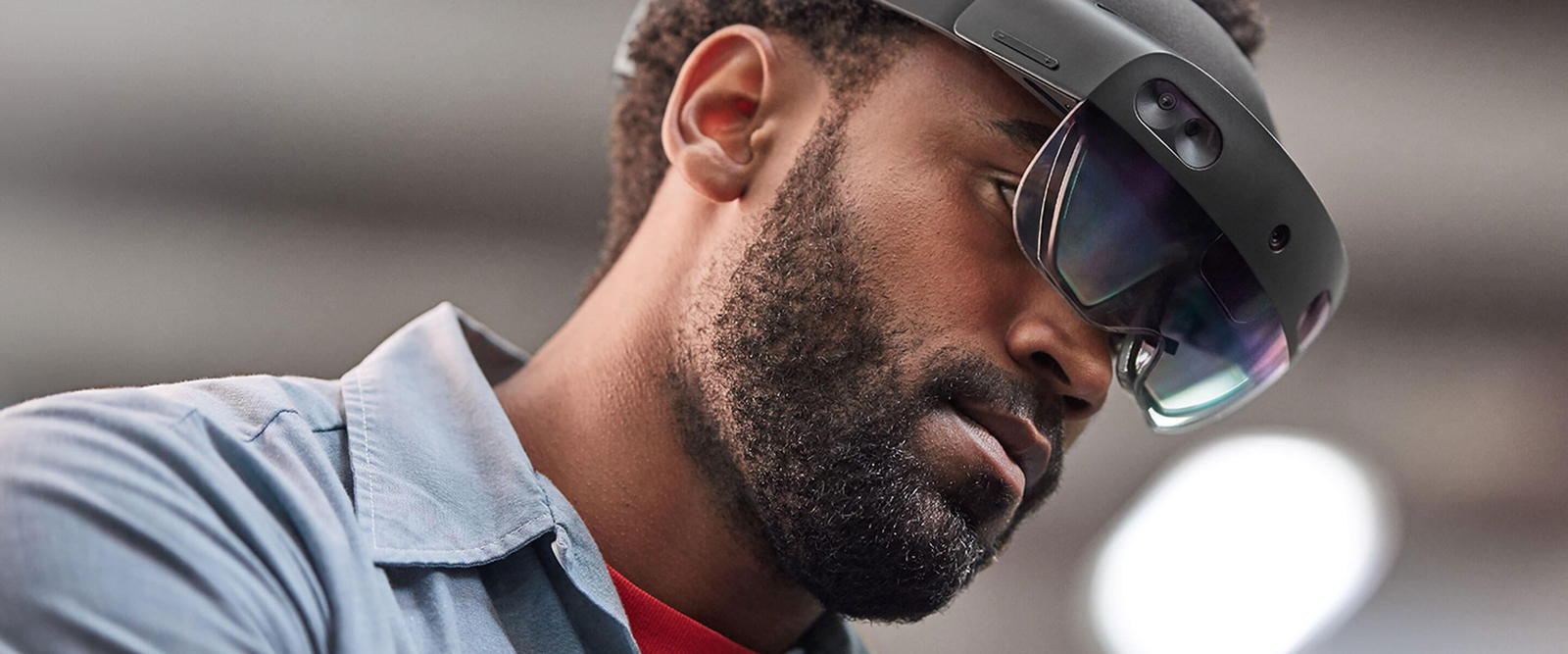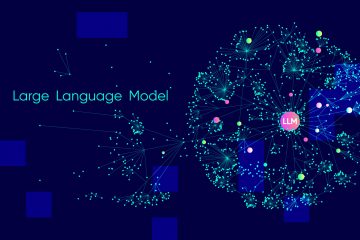Microsoft has unveiled the latest iteration of its mixed reality headset on February 26 during the 2019 Mobile World Congress in Barcelona. This data now is considering as a new direction of the future. And it’s not only about the new strategy of Microsoft for tackling augmented reality, it’s more about the possibilities for employees.
Not anyone can buy a new model of HoloLens, it’s intended solely for corporate customers only. ‘Expressions of interest for HoloLens 2 pre-orders are only being collected currently for the US, France, Germany, Ireland, New Zealand, Australia and the United Kingdom’, is written at the Microsoft website. Hololens 2 is available for pre-order now at a price of $3,500.
With HoloLens 2 people will be able to interact seamlessly with a mixed reality environment, to push virtual buttons, construct engineer solutions, make conference calls in augmented reality and so on.
The target audience of HoloLens 2 definitely are surgeons. They will be able to see a 3D map of the patient’s internal organs; factory workers or mechanics who can quickly check the instructions for assembling or maintaining a particular part. Holograms can not only be observed, but also interacted with them: 3D-objects hanging in the air can be stretched, reduced, moved and circumvented. This is a unique innovation that will change the things we used to see. When adopting Virtual and Augmented Reality into your projects, be sure to have right specialists with deep expertise.
 PhotoCredit: Microsoft
PhotoCredit: Microsoft
All the experts who were recognised to the HoloLens 1st generation said that the new model of augmented reality glasses is much better. The viewing angle of HoloLens 2 is twice higher, glasses are more comfortable to wear on the head, and it detects physical objects in the room better. Microsoft says that a person perceives a computer image as if there was a 2K resolution screen in front of his eyes. By the way eye tracking capabilities have been vastly upgraded to allow for hands-free interaction with holograms.This enables interactions like scrolling to the end of a document by simply looking at the bottom of the page. Microsoft also has refined its hand tracking technology, which renders a 3D model of users’ hands in real time and allows for natural interactions with holographic objects.
 PhotoCredit: Microsoft
PhotoCredit: Microsoft
If you thought that George Orwell was a fantasy writer, now you can be sure that we are exploring his future.
Technical Specifications
- Voice command and control capabilities on-device, natural language processing with internet connectivity
- 6 degrees of freedom tracking: world-scale positional tracking
- Spatial mapping: real-time environment mesh
- Mixed reality capture: mixed hologram and physical environment photos and videos
- Qualcomm Snapdragon 850 Compute Platform
- Microsoft’s proprietary holographic processing unit
- BlueTooth 5.0
- USB-C Charging
- Optics: See-through holographic lenses (waveguides)
- Resolution: 2K 3:2 light engines
- Holographic Density: >2.5k radiants (light points per radian)
- Eye-based rendering: Display optimization for 3D eye position
- An Azure Kinect sensor to track depth
- An accelerometer, gyroscope, and magnetometer to track body motions
- Camera capable of 8 megapixel photos and 1080p video at 30 frames per second
- Microphone array: 5 channels
- Speakers: built-in, spatial audio
- Speakers: built-in, spatial audio
 PhotoCredit: Microsoft
PhotoCredit: Microsoft
If you’re looking for a company that provides DRM solutions and other software development services contact us.



